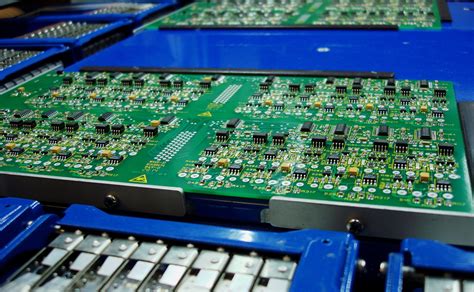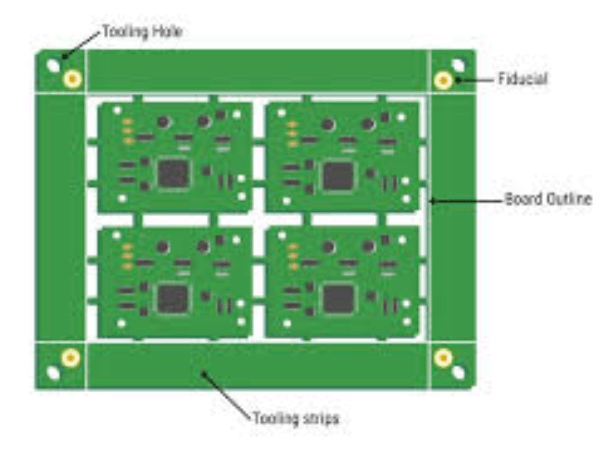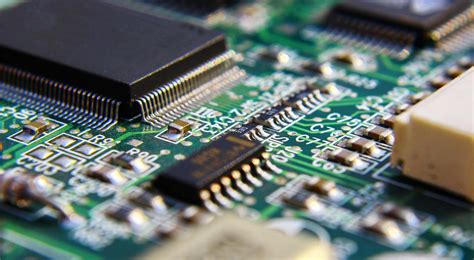The Future of Electronics: 3D Printed PCBs
Introduction
The electronics industry is undergoing a revolutionary transformation with the advent of 3D printed printed circuit boards (PCBs). Traditional PCB manufacturing involves complex processes such as etching, drilling, and plating, which are time-consuming, expensive, and often generate hazardous waste. In contrast, 3D printing technology offers a faster, more flexible, and environmentally friendly alternative. This article explores the benefits, challenges, materials, and future prospects of 3D printed PCBs, highlighting their potential to reshape electronics manufacturing.
1. What Are 3D Printed PCBs
A 3D printed PCB is a circuit board fabricated using additive manufacturing (AM) techniques rather than traditional subtractive methods. Instead of etching copper layers from a substrate, a 3D printer deposits conductive and insulating materials layer by layer to form a functional circuit.
Key Technologies for 3D Printed PCBs
Several 3D printing methods are used for PCB fabrication:
- Fused Deposition Modeling (FDM): Uses thermoplastic filaments with embedded conductive particles (e.g., graphene, carbon nanotubes).
- Direct Ink Writing (DIW): Extrudes conductive and dielectric inks to form circuits.
- Aerosol Jet Printing: Sprays nano-particle conductive inks with high precision.
- Selective Laser Sintering (SLS): Fuses metal or polymer powders to create conductive traces.
2. Advantages of 3D Printed PCBs
2.1 Rapid Prototyping & Customization
- Engineers can design and print PCBs in hours, accelerating product development.
- Complex geometries (e.g., curved, flexible, or multi-layer boards) are easier to achieve.
2.2 Reduced Material Waste
- Traditional PCB manufacturing removes excess copper via etching, generating chemical waste.
- 3D printing is additive, using only the required materials.
2.3 Lower Costs for Small Batches
- No need for expensive molds or masks, making it cost-effective for low-volume production.
2.4 Embedded Electronics & Multi-Material Printing
- Components like resistors, antennas, and sensors can be printed directly onto the board.
- Hybrid materials (conductive + insulating) enable integrated designs.
2.5 Sustainability
- Fewer toxic chemicals (e.g., ferric chloride) are used, reducing environmental impact.

3. Challenges & Limitations
Despite its promise, 3D printed PCB technology faces several hurdles:
3.1 Conductivity & Performance Issues
- Most conductive filaments have higher resistance than traditional copper traces.
- Signal integrity may degrade at high frequencies.
3.2 Limited Resolution & Precision
- Current 3D printers struggle to match the micron-level precision of conventional PCBs.
- Fine-pitch components (e.g., BGA chips) are difficult to integrate.
3.3 Material Limitations
- Few commercially available high-performance conductive inks exist.
- Thermal and mechanical stability may be inferior to traditional FR4 boards.
3.4 Certification & Reliability Concerns
- Long-term durability under heat, humidity, and mechanical stress remains untested.
- Industry standards for 3D printed PCBs are still evolving.
4. Materials for 3D Printed PCBs
The choice of materials significantly impacts performance:
4.1 Conductive Materials
- Conductive Polymers: PLA/PABS with carbon/graphene fillers.
- Metal Nanoparticle Inks: Silver, copper, or gold-based inks.
- Carbon Nanotubes (CNTs): High conductivity but expensive.
4.2 Dielectric (Insulating) Materials
- Standard Thermoplastics: PLA, ABS, PETG.
- High-Temperature Resins: Polyimide, epoxy-based resins.
4.3 Substrate Materials
- Flexible Substrates: TPU for bendable circuits.
- Ceramic & Composite Materials: For high-frequency applications.
5. Applications of 3D Printed PCBs
5.1 Prototyping & R&D
- Universities and startups use 3D printing for fast iteration of circuit designs.
5.2 Wearable & Flexible Electronics
- Smart clothing, medical patches, and flexible displays benefit from 3D printing.
5.3 Aerospace & Defense
- Lightweight, conformal PCBs are ideal for drones and satellites.
5.4 IoT & Smart Devices
- Custom sensor nodes can be printed on-demand.
5.5 Education & DIY Electronics
- Students and hobbyists can design and print circuits at home.

6. Future Trends & Developments
6.1 Improved Conductive Inks
- Research focuses on lower-cost, high-conductivity materials (e.g., copper-based inks).
6.2 Hybrid Manufacturing
- Combining 3D printing with traditional PCB techniques for high-performance boards.
6.3 AI-Optimized Designs
- Machine learning algorithms will optimize trace layouts for 3D printing.
6.4 Mass Customization
- On-demand PCB printing for personalized electronics.
6.5 Space & Biomedical Applications
- NASA explores 3D printed electronics for space missions.
- Biocompatible circuits for medical implants.
Conclusion
3D printed PCBs represent a paradigm shift in electronics manufacturing, offering unprecedented design freedom, faster prototyping, and reduced waste. While challenges remain in conductivity, precision, and reliability, ongoing advancements in materials and printing technologies are rapidly closing the gap. As the industry matures, 3D printed circuits could become mainstream, enabling innovations in wearables, IoT, aerospace, and beyond. Companies and researchers investing in this technology today will shape the future of electronics.
Final Thoughts
The transition from traditional PCBs to 3D printed alternatives is not a question of “if” but “when.” As printers become more precise and materials more advanced, we may soon see fully 3D-printed consumer electronics. For now, the technology is best suited for prototyping, niche applications, and educational purposes, but its potential is limitless.
Would you consider using 3D printed PCBs in your next project? The future of electronics is being printed—layer by layer.







